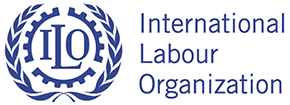Since 2016, ILAB’s My-PEC project, which is implemented by ILO, has partnered with PhotoDOC Association to train journalists, civil society representatives, and young activists to document child labor through "photo-stories." Participants learned photography, journalism, and storytelling techniques, as well as key concepts about child labor. Through this partnership, the project trained more than 110 participants from ages 14 to 60 years old from different states and regions of Burma.
In Burma and around the world, photo-stories, a combination of narrative and photographic imagery, are a valuable medium for raising public awareness about social issues, including child labor, and advocating for change. The photo-stories in this exhibit bring the issue of child labor to life with striking images and moving interviews that draw us into the lives of children facing real challenges but who also have real dreams for their future.
Selected photo-stories have been screened during national consultations, grassroots activities, and international trainings. They allow the viewer to see and understand how child labor is linked with education, poverty, social protection, employment, and decent work.
During the commemoration of World Day Against Child Labor in 2020, the project hosted exhibits in Yangon Central Railway Station, Junction Square Mall, and on Dala Ferries in Yangon, bringing the reality of child labor to public spaces. The photo-stories earned several awards at the annual Yangon Photo Festival in 2021, which attracted more than one million visitors. Due to COVID-19 and political upheaval in Burma, the 2021 Yangon Photo Festival was the only cultural and advocacy event in Yangon that year, offering much-needed financial and psychological support to more than 200 photographers covering the political, health and social crisis in the country. On social media, the photo-stories received more than 500,000 views.
3 Tons a Day for 2 Dollars

In Burma, more than one in ten children is in child labor.
This is the story of one child laborer, who toils alongside his family, carrying heavy loads of mud on his small frame. The mud will be used to produce bricks, a good that appears on Department of Labor’s List of Goods Produced by Child and Forced Labor. His family is in a cycle of debt bondage to their employer, which keeps them trapped in this low-paying and exploitative work.
This story was made possible through the My-PEC Project, funded by the Department of Labor's Bureau of International Labor Affairs and implemented by the International Labour Organization.
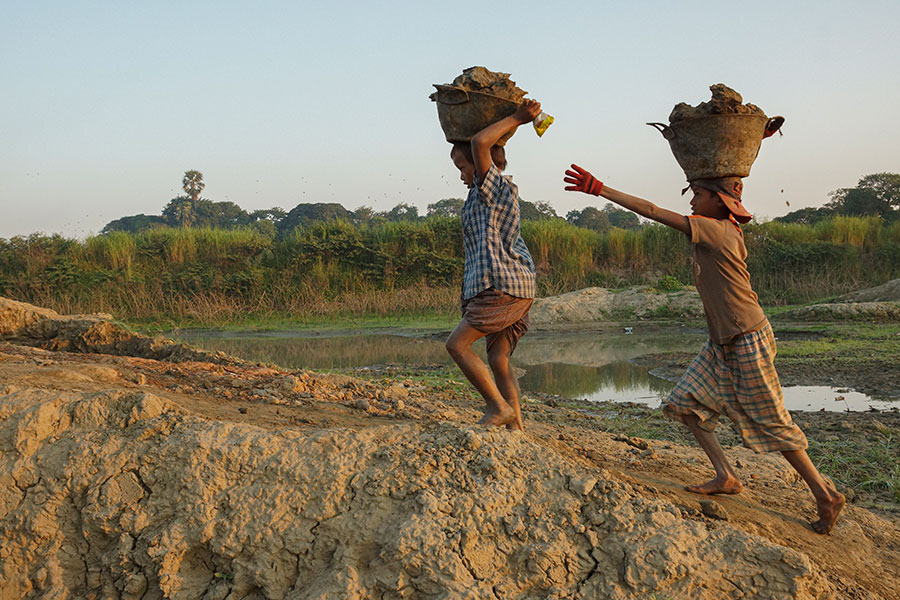


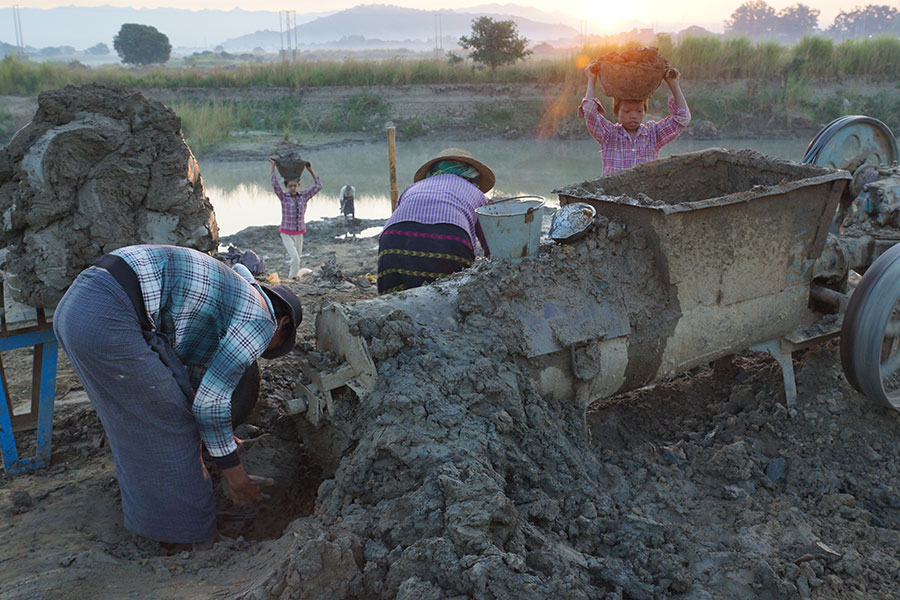
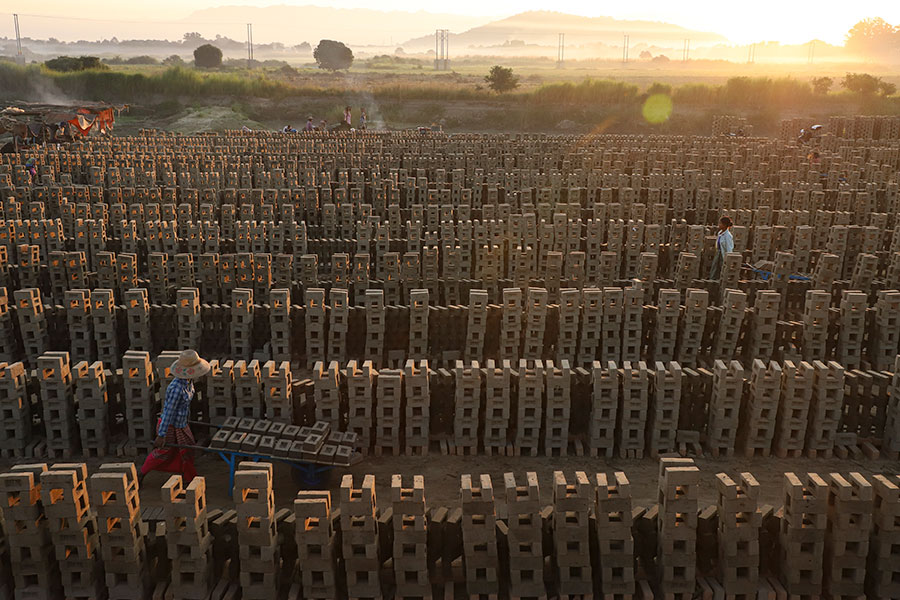
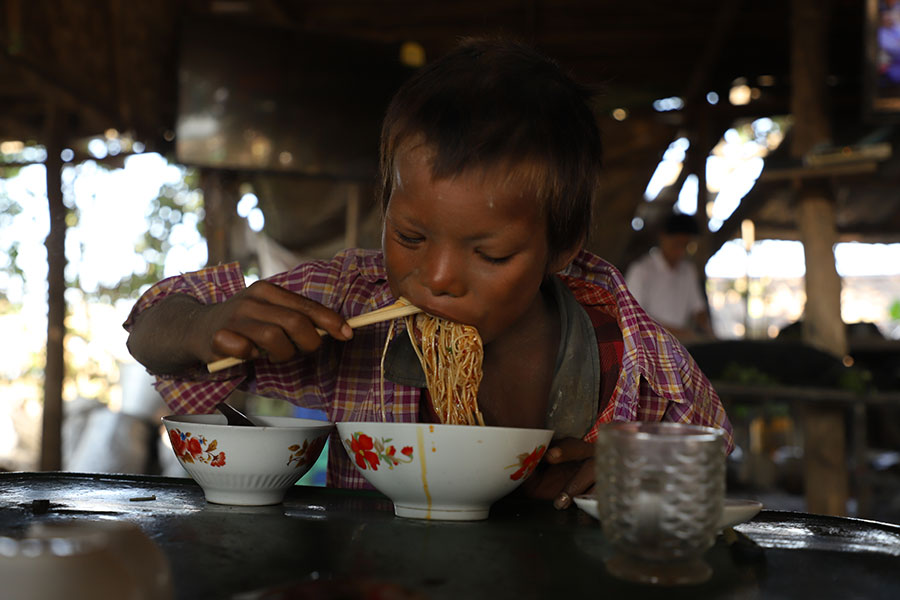
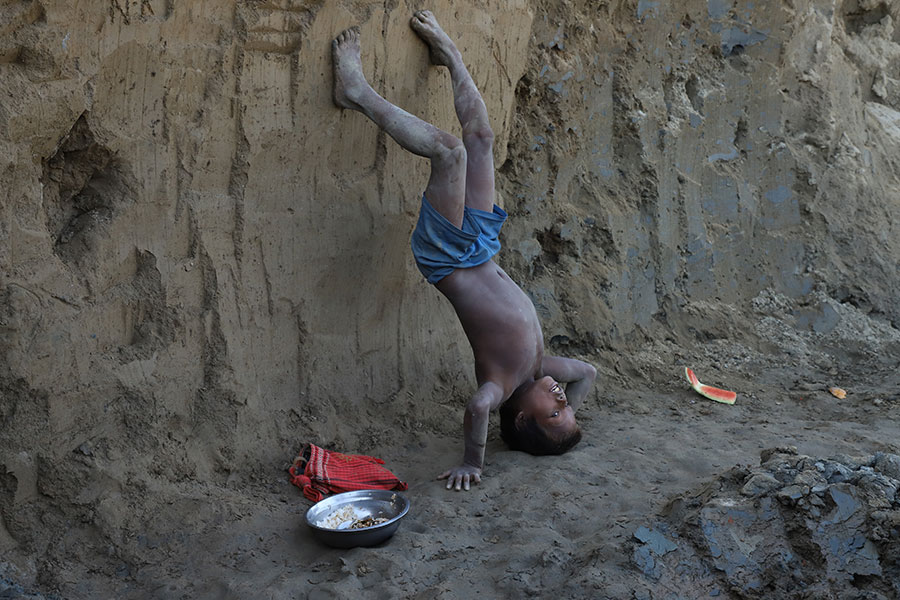
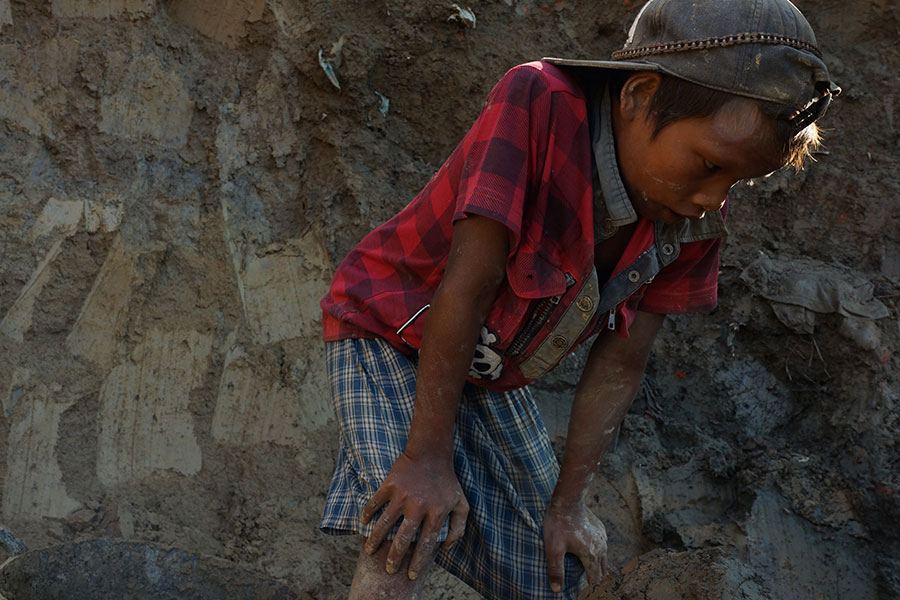
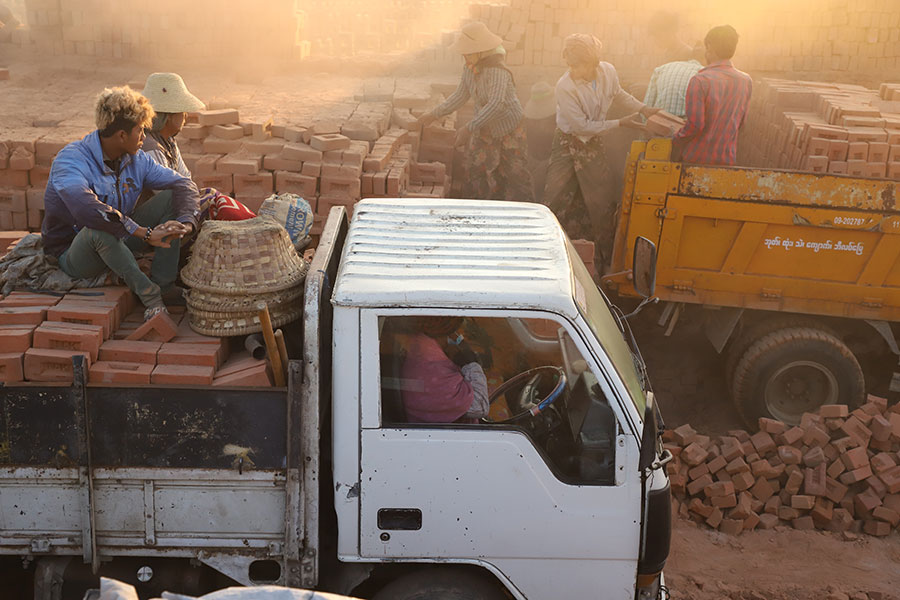
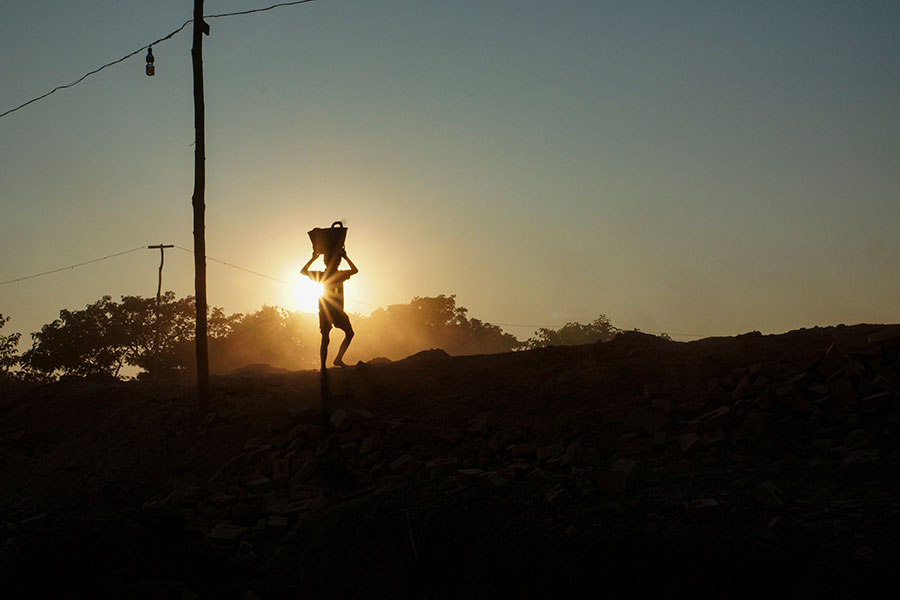
Many child laborers in Burma toil in similar conditions, working many hours doing difficult work for little pay. Debt bondage is one tool employers use to exploit workers and their families and keep them in cycles of poverty and exploitation.
The My-PEC project is making a difference for families like these. The project has provided critical education services to more than 3,500 children engaged in or at risk of child labor since 2013. The My-PEC project supported more than 1,300 households with basic business training and access to affordable, community-based financial services to boost household income and help parents obtain decent work. The project has also contributed to national laws and policies on child labor that will protect more children from exploitation, including playing a critical technical assistance role in Burma’s ratification of the ILO Minimum Age Convention (C.138).
View More Photo-Stories on Child Labor
A Deadly Gamble
Burning Hands
SuperHero
Smoky Mountain
About the Project
Myanmar Program on the Elimination of Child Labor
ILAB’s My-PEC project aims to reduce child labor in Burma. The project has conducted targeted awareness-raising campaigns on the worst forms of child labor; advanced legal and policy reforms in compliance with international standards; trained the labor inspectorate; and helped establish a Child Labor Monitoring System and referral mechanism. Post-coup, the project ceased technical assistance to the government but continues to provide direct services to child laborers and their households. The project is implemented by the ILO.
The exhibit was made possible in partnership with